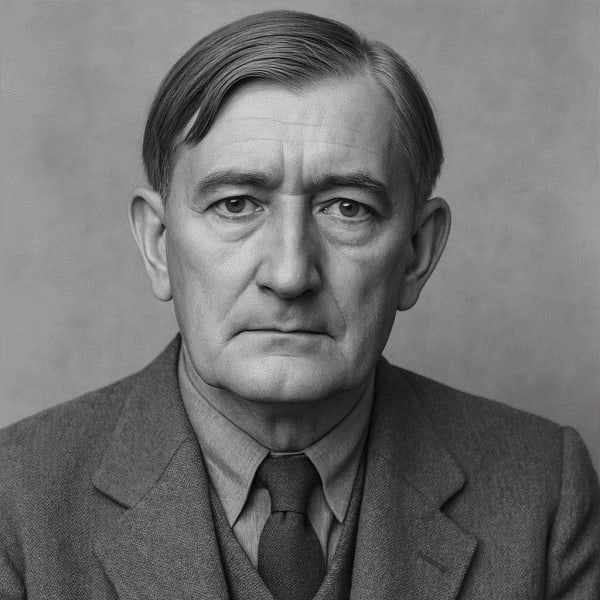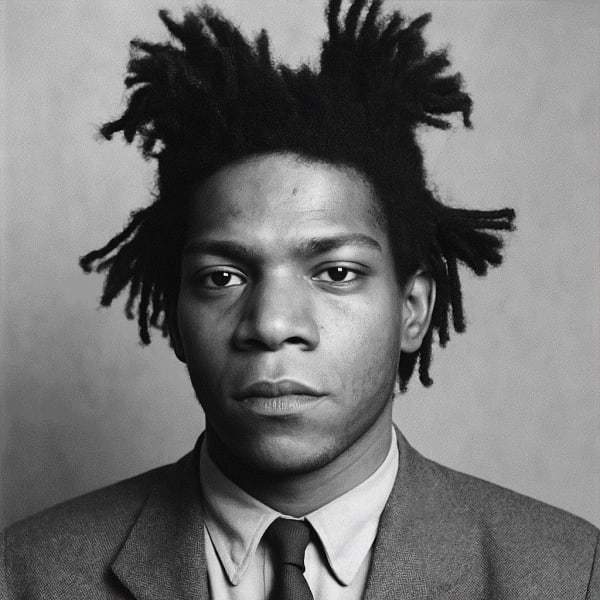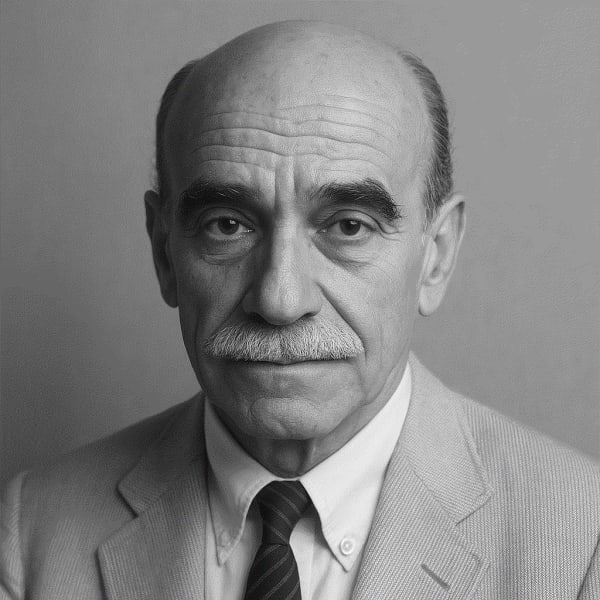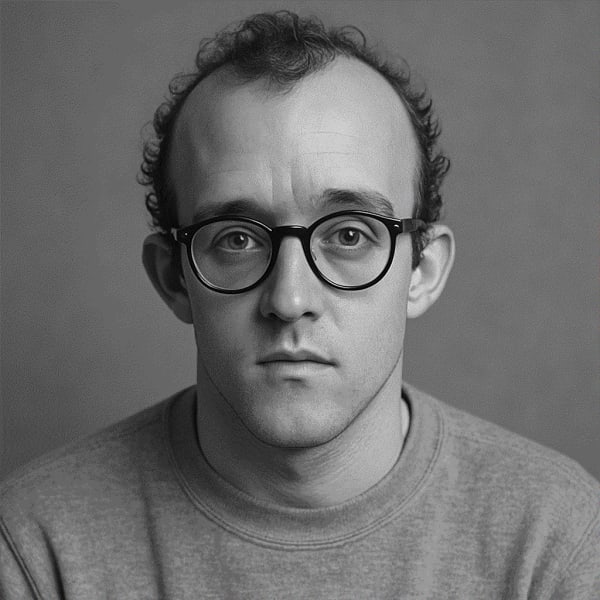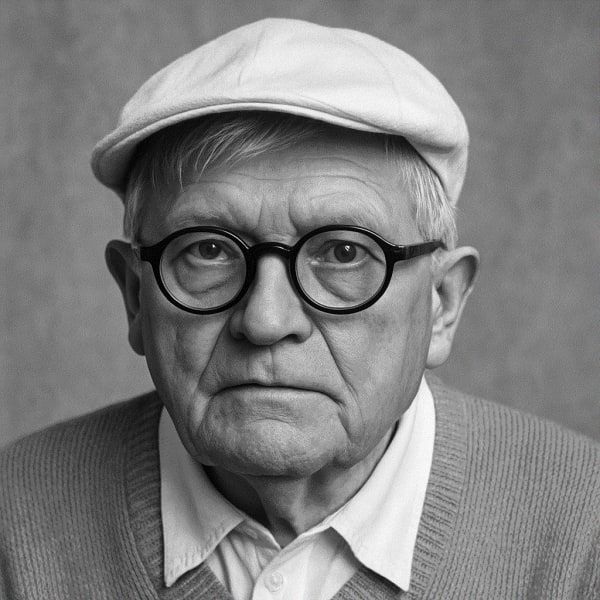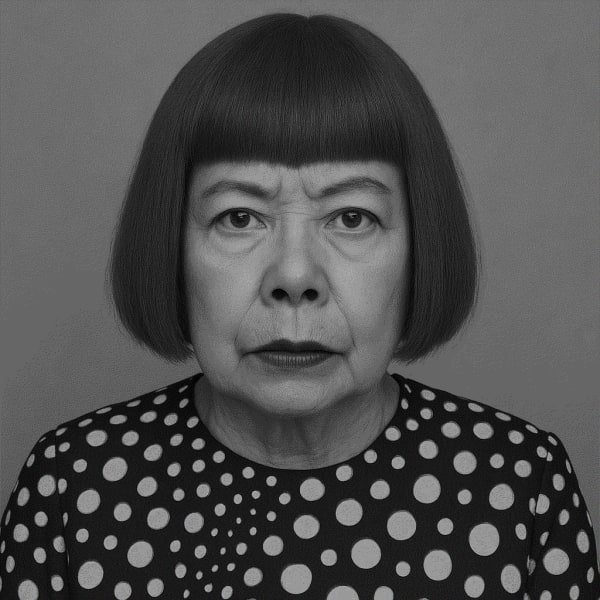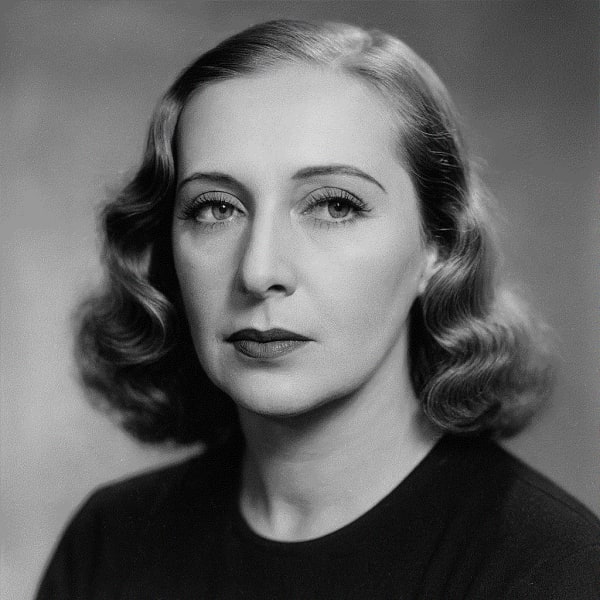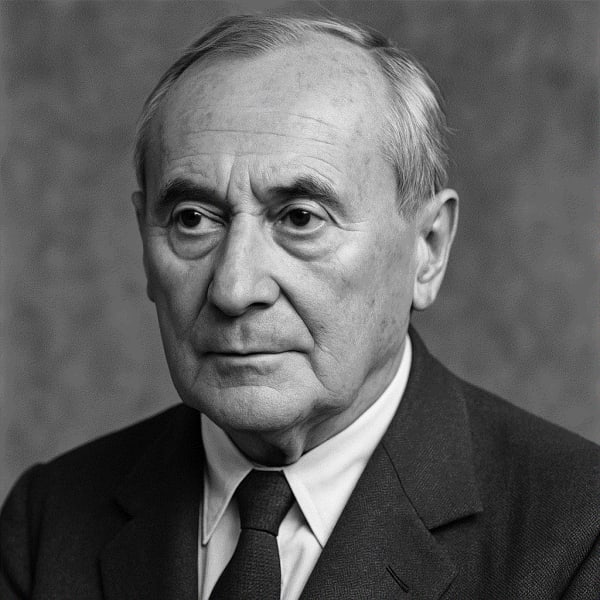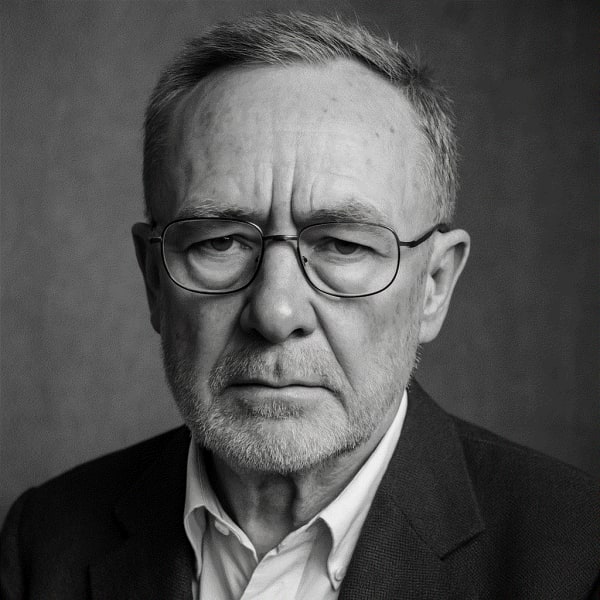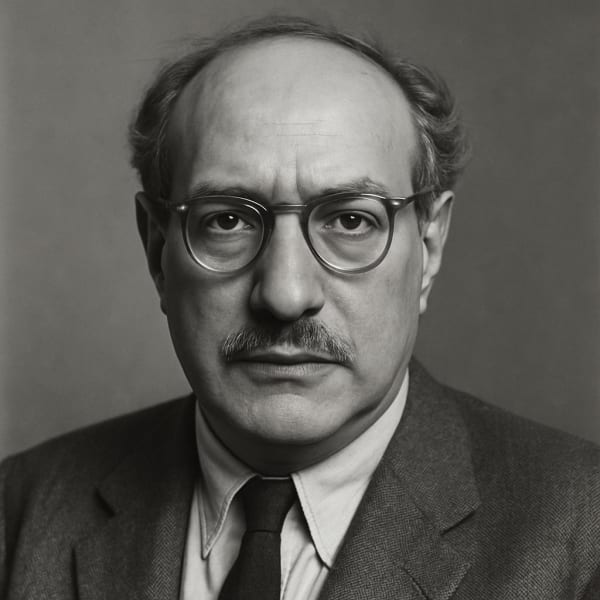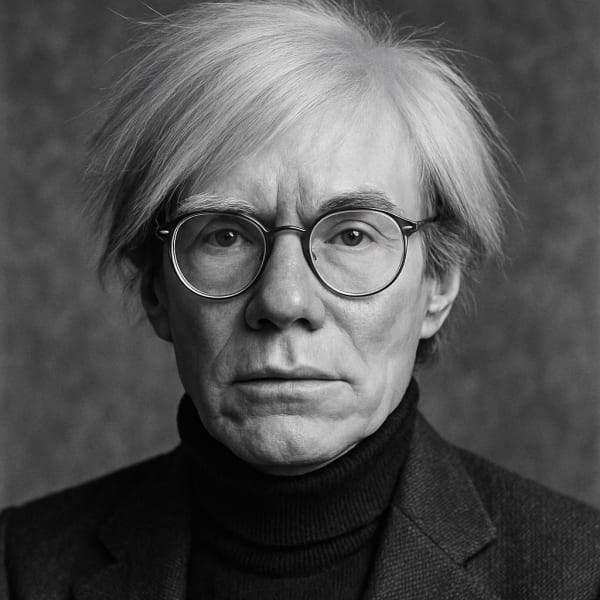A selection of Modern and Contemporary artists we most often focus on, source and place for clients, from established blue-chip names to distinctive contemporary voices.
Our scope runs from early 20th-century pioneers and post-war masters to leading contemporary figures, with regular attention to artists such as Monet, Picasso and Fontana; Warhol, Lichtenstein and Richter; and Basquiat, Kusama, Haring and Condo. We translate market complexity into clear decisions, evaluating provenance and condition, tracking comparables, and securing the right examples.
-

Josef Albers
-

Banksy
-

Jean-Michel Basquiat
-

Alexander Calder
-

George Condo
-

Salvador Dali
-

Tracey Emin
-

Lucio Fontana
-

Günther Förg
-

Vincent van Gogh
-

Antony Gormley
-

Keith Haring
-

Damien Hirst
-

David Hockney
-

Frida Kahlo
-

Yayoi Kusama
-

Tamara de Lempicka
-

Roy Lichtenstein
-

Henri Matisse
-

Joan Miró
-

Claude Monet
-

Pablo Picasso
-

Gerhard Richter
-

Mark Rothko
-

Ed Ruscha
-

Andy Warhol
